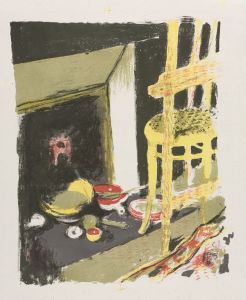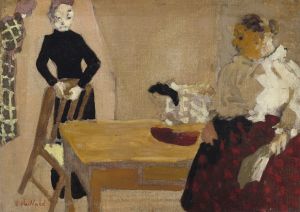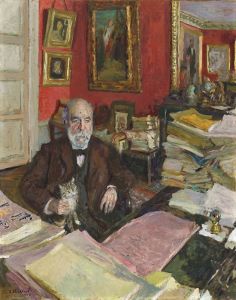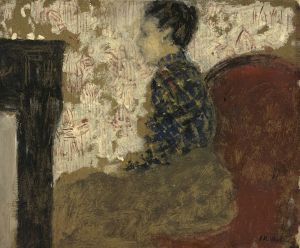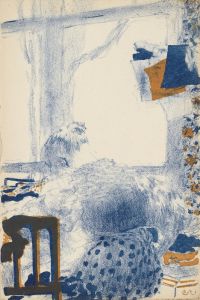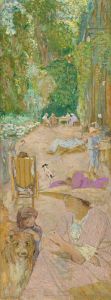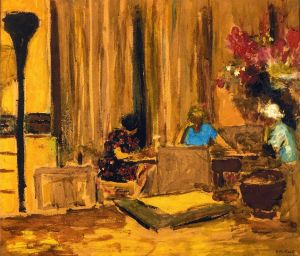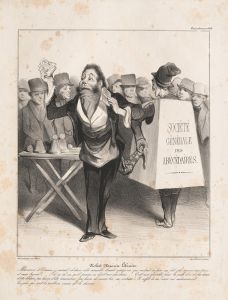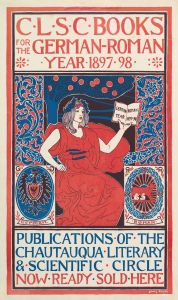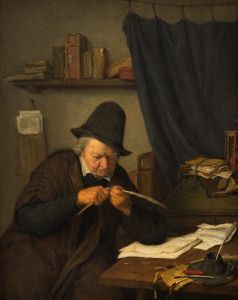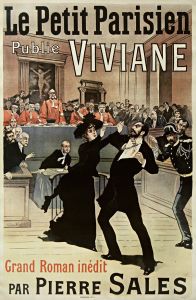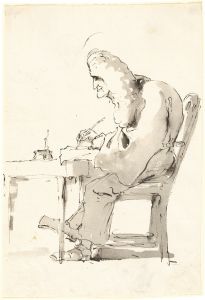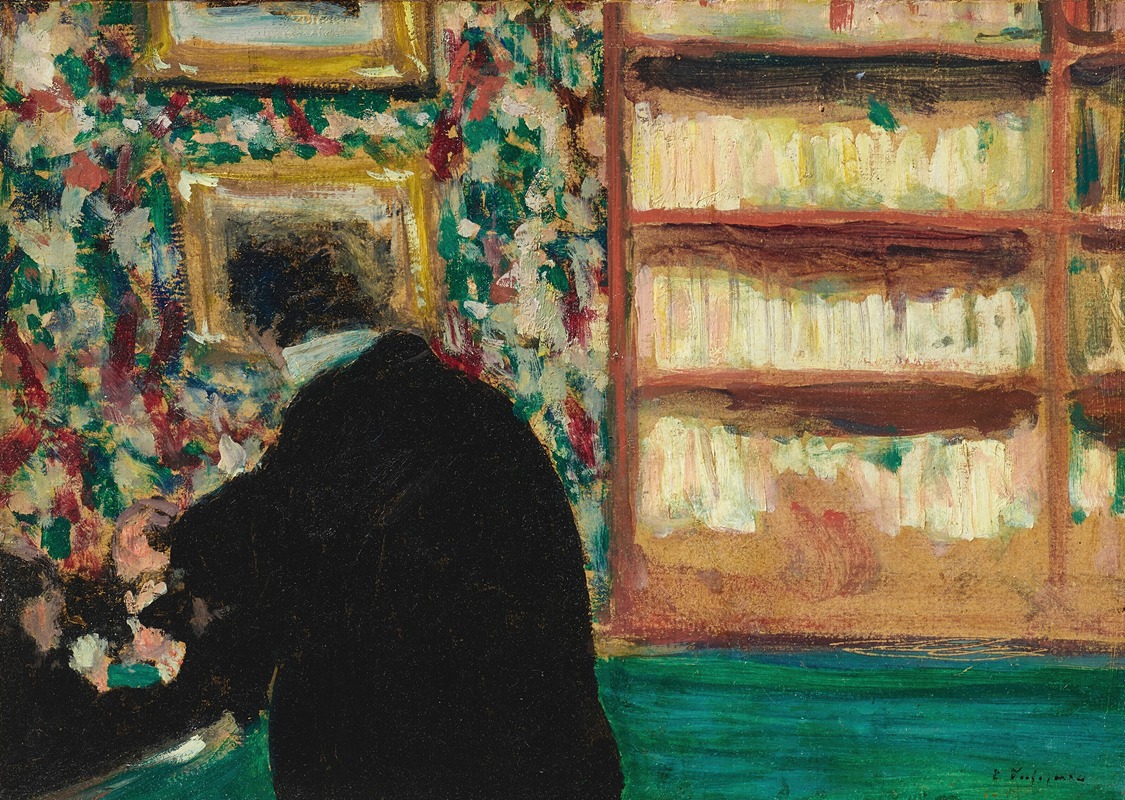
Thadée Natanson dans son bureau à La Revue Blanche
A hand-painted replica of Édouard Vuillard’s masterpiece Thadée Natanson dans son bureau à La Revue Blanche, meticulously crafted by professional artists to capture the true essence of the original. Each piece is created with museum-quality canvas and rare mineral pigments, carefully painted by experienced artists with delicate brushstrokes and rich, layered colors to perfectly recreate the texture of the original artwork. Unlike machine-printed reproductions, this hand-painted version brings the painting to life, infused with the artist’s emotions and skill in every stroke. Whether for personal collection or home decoration, it instantly elevates the artistic atmosphere of any space.
Édouard Vuillard's painting "Thadée Natanson dans son bureau à La Revue Blanche" is a notable work that captures a moment in the life of Thadée Natanson, a prominent figure in the Parisian art and literary circles of the late 19th and early 20th centuries. Vuillard, a French painter associated with the Nabi movement, is renowned for his intimate interior scenes and his ability to convey the subtleties of domestic and social environments.
Thadée Natanson was a Polish-French writer and critic, best known for co-founding the influential avant-garde publication "La Revue Blanche." This magazine, which operated from 1889 to 1903, played a crucial role in promoting Symbolist and modernist art and literature. It served as a platform for many emerging artists and writers of the time, including Marcel Proust, Stéphane Mallarmé, and Henri de Toulouse-Lautrec. Natanson, along with his brothers, Alexandre and Alfred, was instrumental in shaping the magazine's direction and fostering a community of intellectuals and artists.
Vuillard's painting depicts Natanson in his office at "La Revue Blanche," offering a glimpse into the world of a man deeply embedded in the cultural fabric of his era. The artwork is characterized by Vuillard's signature style, which often includes a rich tapestry of patterns and textures, creating a sense of warmth and intimacy. The composition of the painting reflects Vuillard's interest in the interplay between figures and their surroundings, a hallmark of his work.
In the painting, Natanson is portrayed amidst the clutter of his office, surrounded by books, papers, and other objects that suggest his intellectual pursuits and the vibrant activity of the magazine. Vuillard's use of color and light adds depth to the scene, highlighting the textures of the fabrics and the play of shadows across the room. This attention to detail not only captures the physical environment but also evokes the atmosphere of creativity and intellectual engagement that characterized "La Revue Blanche."
Vuillard's relationship with the Natanson family extended beyond this painting. He was a close friend of the family and frequently depicted them in his works. This personal connection is evident in the sensitivity with which he portrays Thadée Natanson, capturing not just his likeness but also a sense of his personality and the milieu in which he thrived.
"Thadée Natanson dans son bureau à La Revue Blanche" is more than just a portrait; it is a historical document that offers insight into the cultural dynamics of fin-de-siècle Paris. Through Vuillard's eyes, viewers are invited to step into a world where art and literature were at the forefront of societal change, and where individuals like Natanson played a pivotal role in shaping the discourse of their time.
The painting remains a testament to Vuillard's skill as an artist and his ability to convey the essence of his subjects with nuance and depth. It continues to be appreciated not only for its aesthetic qualities but also for its historical significance, providing a window into the vibrant cultural landscape of early 20th-century France.





